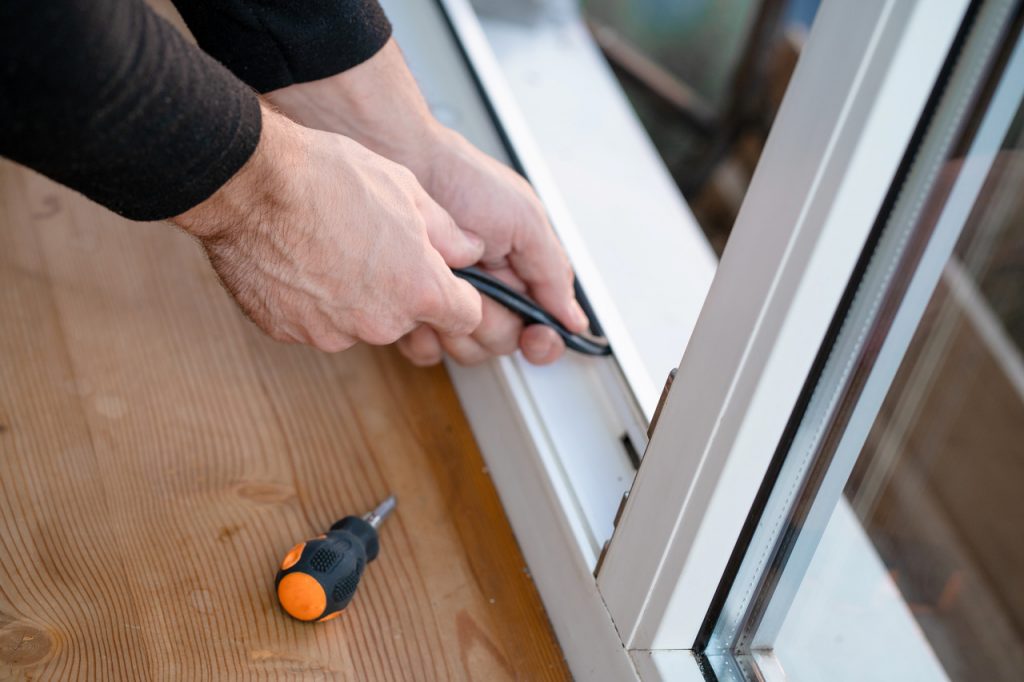A thermal bridge is an area of a building structure that has a significantly higher heat transfer than the surrounding materials
This typically occurs when there is a break in the insulation or when the insulation is penetrated by a component with higher thermal conductivity. If the building is located in a cold climate, this can cause additional heat loss at these points.
As homes become better insulated, the importance of thermal bridges increases. In structures with very good insulation, their impact on the overall thermal efficiency of the dwelling can be significant. Recent studies have shown that thermal bridges can be responsible for up to 30% of heat loss in a dwelling.

One of the easiest ways to minimize or eliminate thermal bridges is to plan and design your building using building systems and techniques that are inherently free of them
>> See also: What is warm window installation?
For the wall-to-floor connection, consider an insulated foundation system that surrounds the entire foundation with a layer of continuous insulation. These systems are specifically designed for each building by a qualified engineer, are simple to install and provide very low heat transfer values.

For walls, exterior insulation systems can be a great option for reducing thermal bridging. If you’re retrofitting, pay special attention to windows and doors; you’ll usually need to use high-quality insulation material around the reveals. You may also need to extend the eaves to match the thickness of the insulation and protect the top of the exterior wall.
In new buildings, windows and doors should be placed as far into the insulation layer as possible. In all cases, best practice and attention to detail should be followed during design and installation to ensure thermal bridging is minimised.
Other systems include structural insulation panels, insulating concrete forms, and advanced framing methods in wood construction.
For example, in cavity wall insulation applications, wall tiebacks are needed to connect the interior and exterior wings together. These wall ties can become a thermal bridge between the interior and exterior masonry walls. By using lower thermal conductivity wall ties made from alternative materials or carefully selecting high performance stainless steel ties, thermal bridging can be virtually eliminated. Many ties with lower thermal conductivity can support walls as wide as 450 mm without introducing thermal bridges.
Thermal bridge minimisation solutions are available for a wide range of applications. Remember to do your research with due diligence before choosing one solution over another. A thermal bridge-free design is only as good as the professional doing the actual installation
It is essential that contractors in all trades understand the implications of thermal bridging and work on best practices in their areas of expertise. For example, a continuous layer of exterior insulation may be interrupted after plumbing or electrical work is performed, introducing a thermal bridge that did not exist after the initial installation. Not only does this reduce the effectiveness of the insulation, but it also creates the risk of interstitial condensation and drafts and increases the cost to the building owner for energy to heat or cool the space.